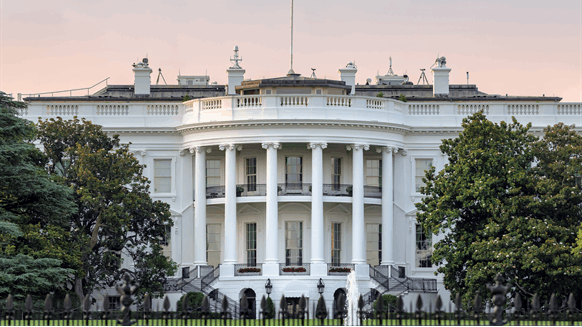
(Bloomberg) -- A bipartisan compromise unveiled Thursday calls for selling oil from the U.S. emergency stockpile to fund billions of dollars in roadwork and other infrastructure.
But Democrats missed their shot at a bonanza -- and a $6 billion down payment on the infrastructure package -- by killing a plan last year to buy crude for the reserve at rock-bottom prices.
The foregone purchase of as much as $3 billion worth of oil, which was urged by Republicans and the Trump administration as a way to help the industry reeling from a crude glut at the start of the pandemic, was blocked by congressional Democrats who didn’t want to use federal money to prop up fossil fuels.
Senate Democratic Leader Chuck Schumer crowed to his colleagues that the deal blocked a “bailout for big oil.”
It was a missed buying opportunity.
At the time, buying $3 billion worth of West Texas Intermediate crude would have brought in 122.5 million barrels for the Strategic Petroleum Reserve at $24.49 each -- and likely require finding additional storage space. If sold at today’s price of about $73.60 per barrel, that crude would generate slightly more than $9 billion, for a profit of about $6 billion.
Estimates are limited because it’s unclear when, exactly, sales and purchases would have taken place -- and such big U.S. government purchases might have boosted prices, as well as incurred additional transactional costs. Further congressional changes also may have been required to increase the reserve’s capacity.
Still, a U.S. government purchase in March 2020 with a corresponding sale today would be the epitome of buying low and selling high.
Although the Strategic Petroleum Reserve was established after the Arab oil embargo in the 1970s to help the U.S. weather supply shocks, Congress has increasingly used it as a piggy bank, selling off stockpiled crude to pay for everything from medical research in 2015 and tax cuts two years later.
On Friday, Energy Secretary Jennifer Granholm defended the current plan, which President Joe Biden supports, casting it as commonplace during an interview with Bloomberg Television.
Every year, she said, Congress uses the emergency stockpile “to pay for something or another that may not be related to the reserve itself.”
Former President Donald Trump’s failed plan last year to buy crude represented a twist on that approach, as an effort to help the oil industry by taking supplies off a glutted global market.
But a March 2020 effort to tie the oil purchase to investments in clean energy as part of a Covid recovery package faltered in Congress.
--With assistance from Jennifer Jacobs and Steven T. Dennis.
© 2021 Bloomberg L.P.




No comments:
Post a Comment